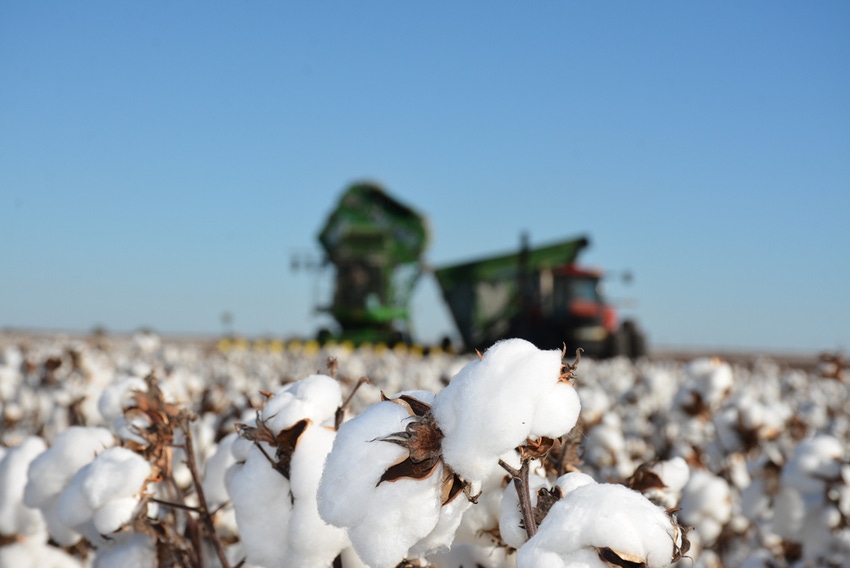
The month of December saw the opposite of a Santa Claus rally. New crop cotton futures on the Intercontinental Exchange (ICE) started the month trading at or just below 78 cents. This level represented a second attempt of futures to secure a footing at a higher level, after having been in a gradual uptrend from the 76 cent level all fall, and rallied briefly towards 79 cents after the G20 Meeting.
Then, for no particular reason (other than a lack of buying), ICE cotton futures went into a slump. The Dec‘19 contract settled on Dec. 7, 2018, at 78.03 cents per pound. The day after Christmas the same futures contract was 4.5 cents lower. Bah Humbug!
That obviously means that forward pricing opportunities are that much poorer by moving from moderate to marginal profitability. If growers had already done a little forward pricing, then at least they would have had some higher prices in their dollar cost averaging. If growers had already done some new crop hedging, then they would have at least partial compensation for this recent price decline.
HEDGING STRATEGIES
For example, a 75 cent put option on Dec‘19 cost 3.5 cents per pound on Dec. 6. After the decline in the underlying futures, the right to have sold Dec‘19 futures at 75 cents has become more valuable. Specifically, that option was trading on Dec. 26 around 5.25 cents per pound.
One disadvantage of this hedging approach is that the downside price protection isn’t covering the decline in the underlying futures penny for penny. However, it is providing partial protection, and the value of this insurance would increase if futures prices decline further from here. Also, the timing of such a strategy is useful for protecting against the erosion of 2019 crop insurance base prices, which will be established between now and March.
This discussion is about second best solutions. The best solution is to take some pricing or hedging actions the next time futures rally toward 80 cents.
For additional thoughts on these and other cotton marketing topics, please visit my weekly on-line newsletter at http://agrilife.org/cottonmarketing/
About the Author(s)
You May Also Like




